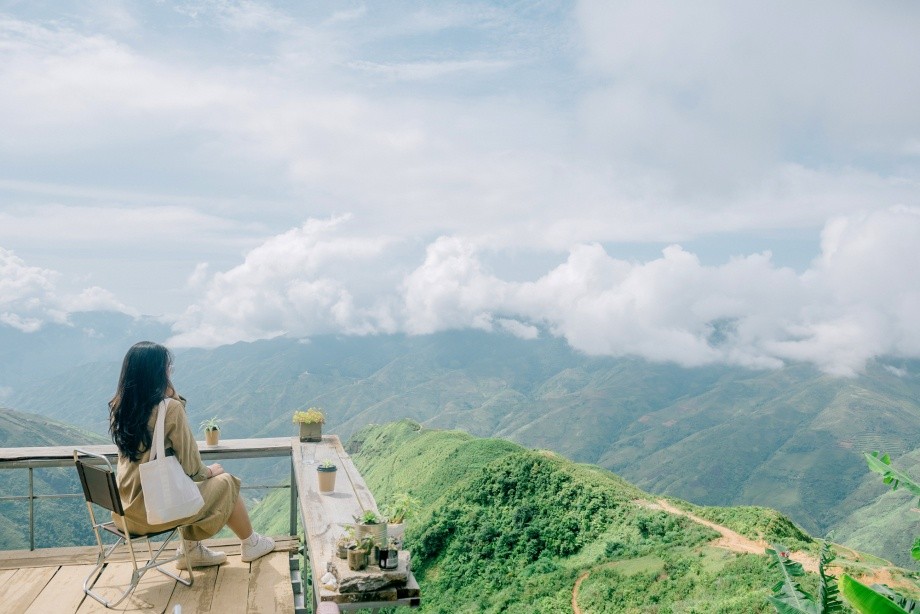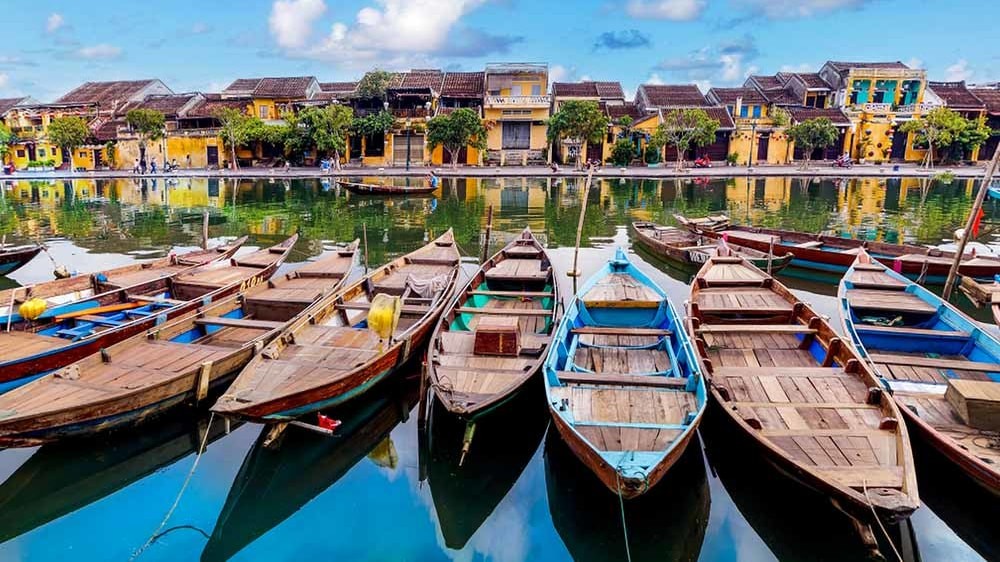Top 10 Most Beautiful and Must-Visit Caves In The World
Hidden mysteries, unmatched adventure and nature’s best kept secrets, these are the first thoughts that come to mind when we think of ‘caves’. Nature never fails to leave us awestruck with its splendour and myriad wonders, and caves are undoubtedly one of its most magnificent creations. When you enter one of the most famous caves in the world, you’ll surely be mesmerised by the spectacular geological formations, stalactites, lakes, caverns, and other amazing sights that await you inside.
Some of these caves form when water seeps down through cracks in limestone rock. The limestone rock dissolves into the water bit by bit, forming cracks and openings. Over millions of years, these openings, and the limestone left behind by dripping water can make the majestic cave formations you see here.
Other types of caves were formed over millions of years by being gradually worn away by the lake or seawater.
1. Reed Flute Cave, China
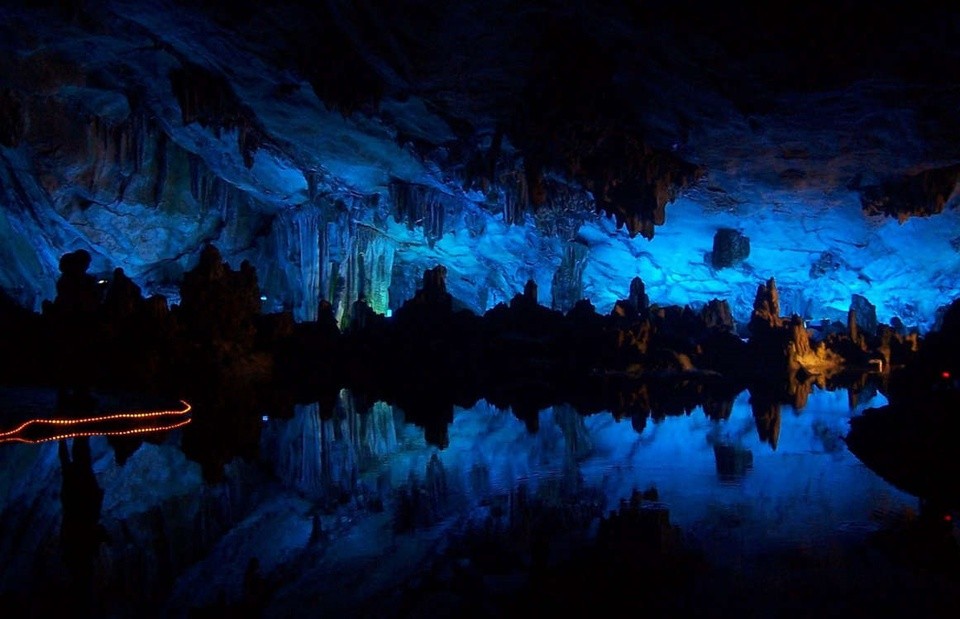 |
| Image credits: Pasquale di Pilato |
Reed Fleet Cave is a spectacular cave located in Guilin City. Walking into Reed Flute Cave, you will be amazed at how radiant the dewy stalagmites look like. The rainbow lights and dazzling array of massive natural formations compose a dreamy wonderland. The underground lake peacefully flows along the cave, with the reflection of the cave veiling on the river and flowing quietly with the stream, which makes the beauty even more vivid and dynamic. The interior of Reed Flute Cave is a sight that can not be recreated anywhere else on earth and these distinctive formations have names that match their appearance, and some are said to resemble mythological creatures or modern structures like the Statue of Liberty.
While stepping out of the cave, you will find the abundant reeds that grow and thrive outside the mysterious cave, which can be used to make flutes, and that is how the cave was named. Just close your eyes and imagine yourself standing in the mist of the reeds and get refreshed, breathing the fresh air and catching the gentle whistling of the flute. Outside the cave, it's a perfect tranquil hermitage where China's "Thoreau" may live.
Despite the nature’s art masterpieces, there are 77 ink inscriptions of poems and travelogues inside the cave, which indicates its popularity during ancient time, and the oldest one can be dated back as far as the Tang Dynasty (792AD) .
2. Blue Grotto, Italy
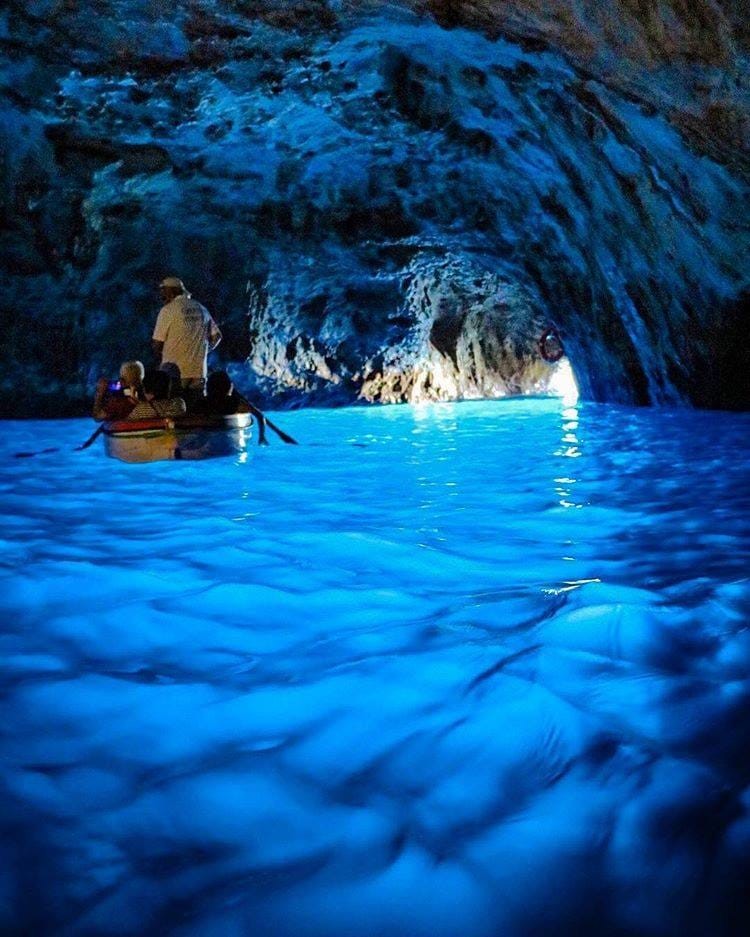 |
| Sorrento Magic Tour |
The Blue Grotto is a natural sea cave, 60 meters long and 25 meters wide . The cave mouth is two meters wide but only roughly a meter high, so to enter visitors must board small rowboats which transport a maximum of four passengers. The skipper will have you lay back along the bottom of the boat while he guides you through the opening using a metal chain attached to the cave walls.
The famous light that illuminates the inside of the cavern is at its strongest between noon and two in the afternoon, though the reflections are spectacular all through the morning hours. Avoid visiting the grotto on heavily overcast days (when the effect of the sunlight inside the cave is much less dramatic). There is often less of a wait in the afternoon (after 3:00 p.m.), but the seas can become rough resulting in the cave closing to the public.
The bright azure color of the water inside the cave is due to the sunlight which enters the cavern through an underwater opening which is positioned exactly under the cave's mouth. As the light passes through the water, the red reflections are filtered out and only the blue enter the cave itself. The famous silver reflections of objects in the water are caused by tiny bubbles covering the outside of objects underwater, which causes the light to refract differently than that of the surrounding water and causes this silvery effect.
3. Fingal’s Cave, Scotland
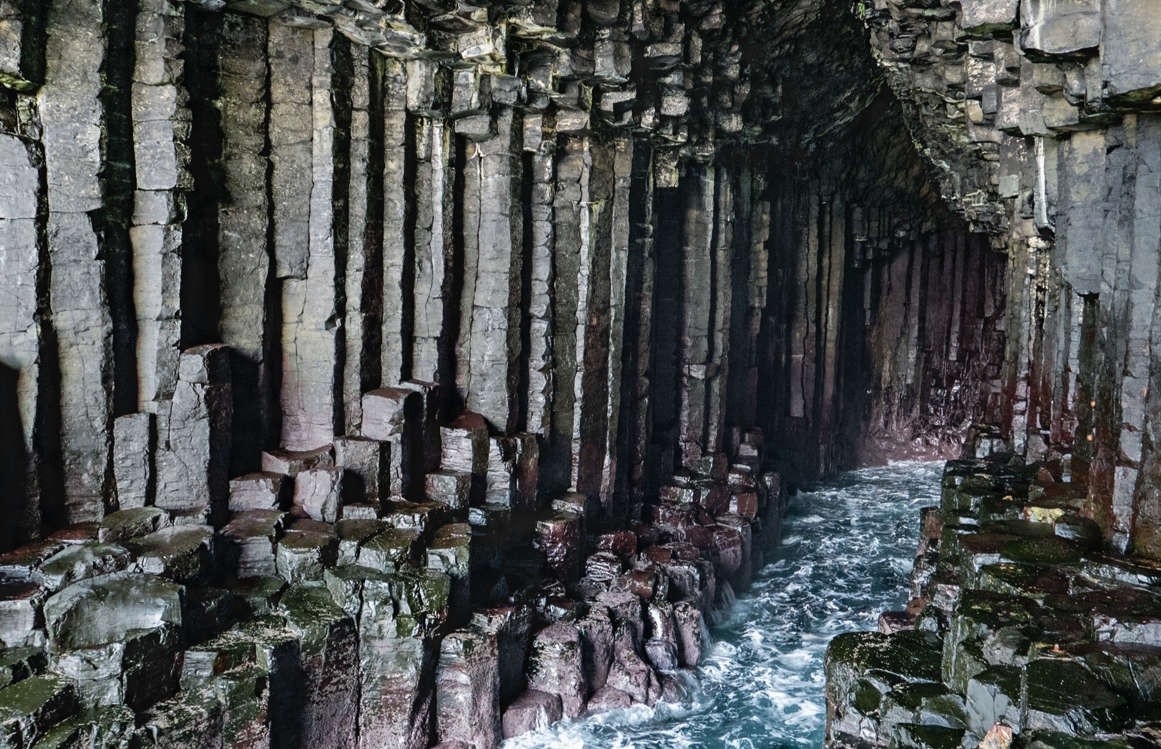 |
| Photo: Visit Scotland |
Three features combine to make Fingal's Cave on Staffa perhaps the best known of all caves.
Its struture is unique. Nowhere else is there a sea cave formed completely in hexagonally jointed basalt. Its appeal lies in the size, the sounds, the colours, and the remarkable symmetry of this 227 foot cavern, and by Nature's gift of fractured columns which form a crude walkway just above high water level, allowing exploring visitors to go far inside.
Secondly, the evergreen popularity of Mendelssohn's "Hebrides Overture (Fingal's Cave)" provides a continuous stirring reminder of this wonder of the world.
The origin of the name 'Fingal's Cave' is wrapped in myth. Around 250 AD Finn MacCumhaill, or Fingal, was possibly an Irish general who had a band of faithful warriors - a Celtic parallel to King Arthur and his Round Table. Fingal is supposed to have been the father of Ossian, traditional bard of the Gaels.
Gaels migrated into Scotland from Ireland until the Norsemen began their raids on the Scottish coast, and the stories of Fingal would doubtless have come across too. Soon he became revered in Scotland and, boosted by the Ossianic heroic verse and songs, his name was a natural choice to assign to this dramatic and awe inspiring cavern.
4. Son Doong Cave, Vietnam
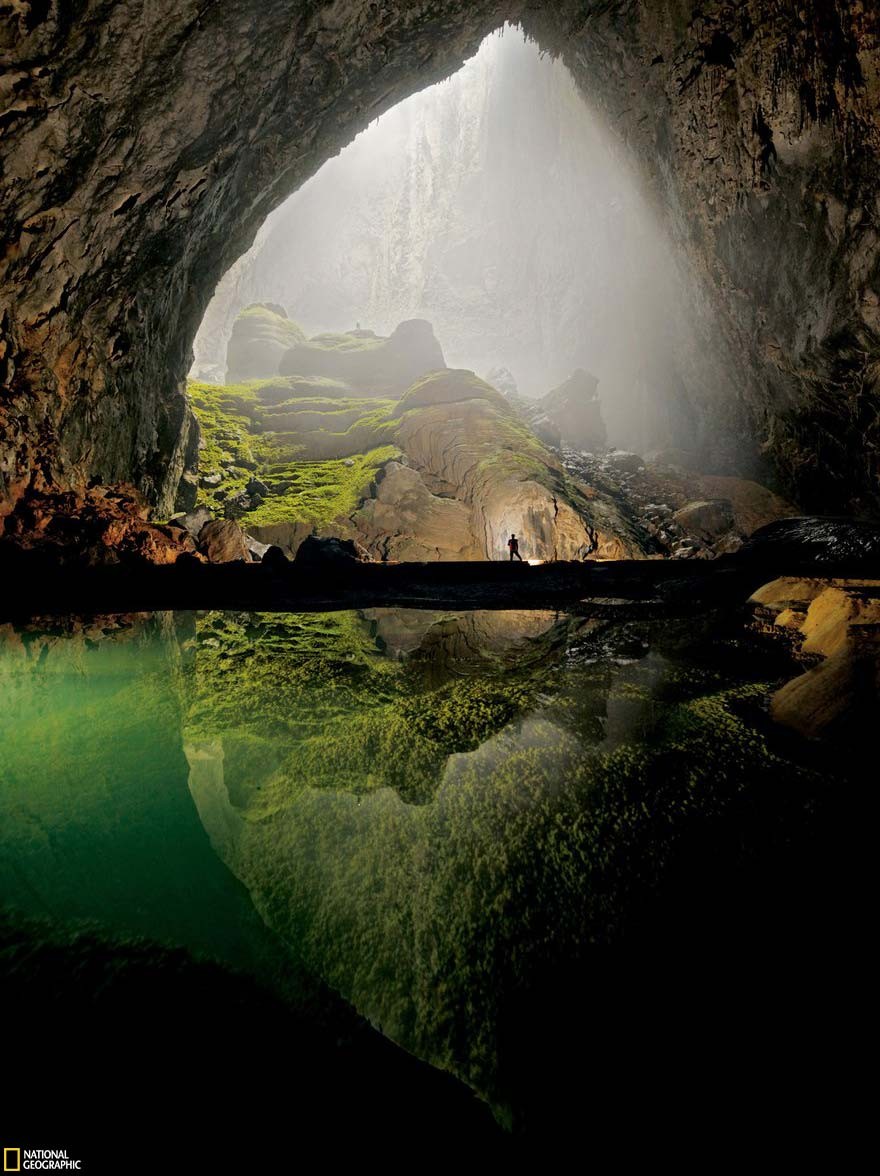 |
| Image credits: National Geographic |
Son Doong Cave is known as the world’s largest natural cave, housing many limestone grottoes, stalactites and stalagmites. Set within Phong Nha-Ke Bang National Park (about 500km south of Hanoi), the cave is a must visit for adventurous travellers looking to explore one of Vietnam’s natural gems during their holiday.
Son Doong cave was first discovered in 1991 by a local named Ho Khanh, followed by a team of British cavers lead by Howard Limbert in 2009. With sections reaching up to 200 metres high, Son Doong Cave also spans 9 km in length, making it about two times bigger than Malaysia’s Deer Cave. The cave is also home to a variety of wildlife, including monkeys, bats and flying foxes.
To reach Hang Son Doong, it’s a six-km-long hike through the rainforest, which includes passing through a small village that’s home to the Ban Doong ethnic group. Entrance to Phong Nha-Ke Bang National Park costs VND 40,000, plus additional fees (which usually range between VND 80,000 and VND 150,000) to enter the caves via a guided tour.
These little round seeds alive in Son Doong cave accidentally formed when mineral water dripping from the cave ceiling too fast during forming stalagmites. In the cave, the explorers even find a primeval forest vegetation with extremely rich and varied Beauty can make any traveler must also overwhelmed The press and the international media has repeatedly reported on the cave masterpiece of Vietnam Photographer Ryan Deboodt decided to exploring and returning to the impressive image of the trip to visit the cave Son Doong and his articles are published in DailyMail
Great combination of water and limestone rocks created strange shapes Son Doong cave has overtaken Malaysia Deer Cave and become the world’s largest natural Annually, this cave attracts many tourists from many countries and regions
5. Eisriesenwelt Ice Cave, Austria
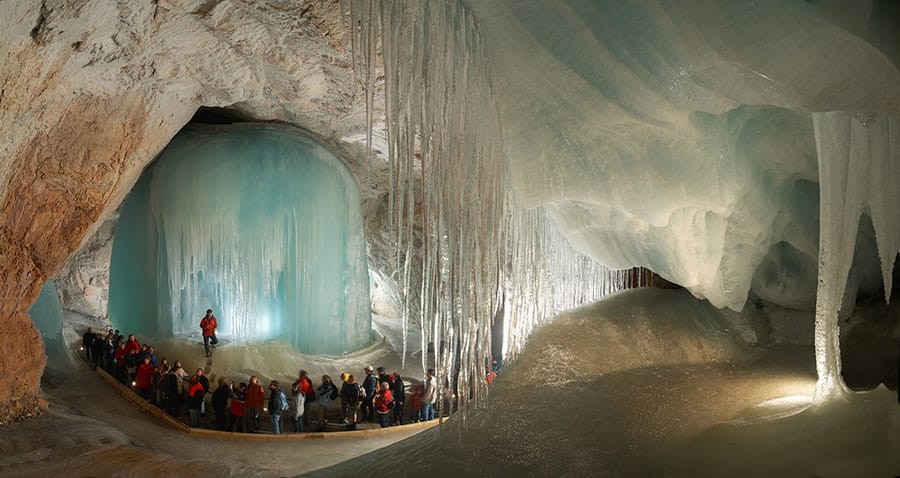 |
| Photo: Road Affair |
Werfen's "Eisriesenwelt" [world of ice giants] is actually the world's biggest ice cave: The cave system extends more than 42 km deep into the mountain. The first section, about a kilometer in length, features imposing ice formations and is open to the public. Since it is a protected natural monument, development of the cave has been painstakingly cautious in order to preserve its unique natural beauty and ecosystem.
Stepping through the imposing cave entrance, 20 meters wide and 18 high, you enter a mysterious world of ice. Aside from its enormous dimensions, the cave impresses with its ice palaces of crystalline beauty. Monumental formations glisten to amazing effect in the light of the traditional mine lamps which are issued to visitors. Winding passageways and galleries with evocative names such "Diamond Realm" lead you deeper and deeper into the mountain.
You can in fact hike from the visitor center in the valley all the way up to the ice caves in the Tennengebirge mountains. Or, cut out the steep section altogether and let the steepest gondola lift in Austria carry you up to the cave entrance. Even in summer, the temperatures in the ice cave are around 0° C. Appropriate clothing and shoes are a must - and you need to be in fairly good physical condition: In the cave itself, you will have to cope with a total vertical gain of around 234 meters, which includes a countless number of stairs. That said, the silent beauty of the ice caves rewards every single ounce of effort!
6. Phraya Nakhon Cave, Thailand
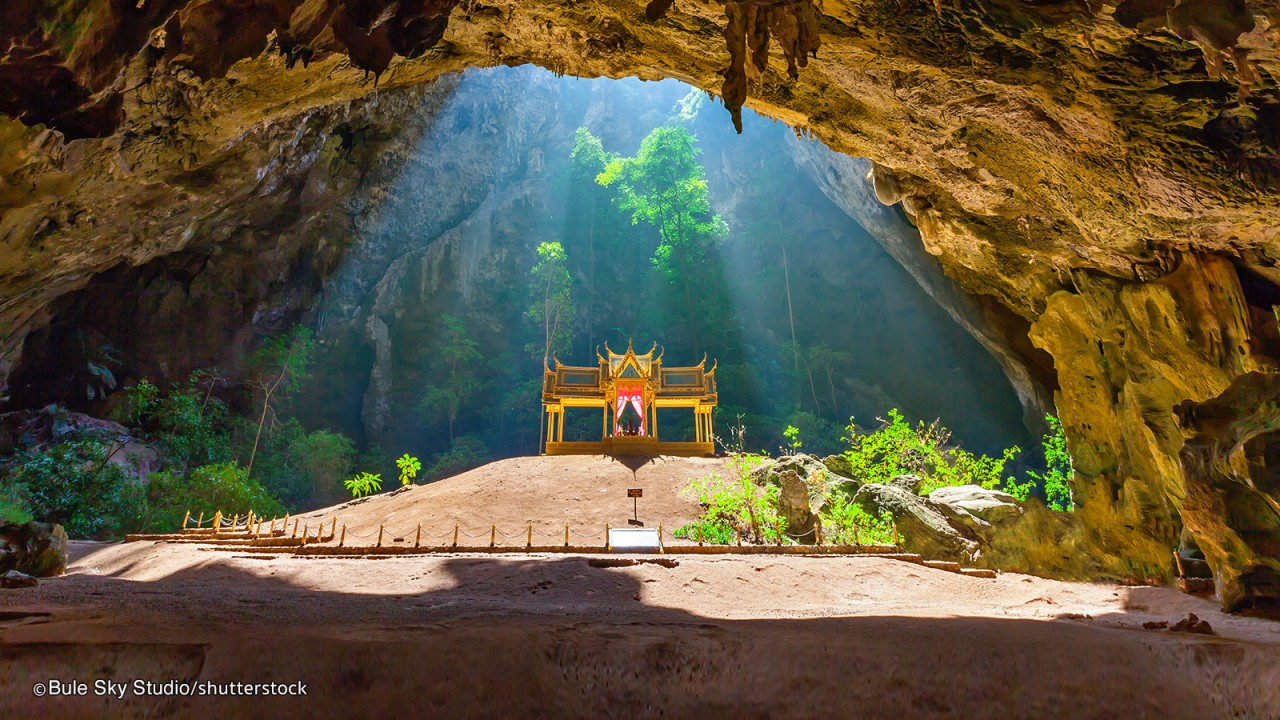 |
| Photo: Shutterstock |
The magnificent Phraya Nakhon Cave is one of the most mystical and mysterious landmarks of Thailand but only a few travellers get a chance to take a picture of it. The reason is simple: this gold and green pavilion is hidden inside a hard to reach cave and only a handful of dedicated visitors will do the effort to visit it. Those who do are rewarded with a stunning vision that looks like it's straight out of an Indiana Jones movie.
Phraya Nakhon Cave is located in the Khao Sam Roi Yot National Park in Prachuap Khiri Khan province, a 45 minutes drive south of Hua Hin. First step to reach the cave is to drive to the small village of Bang Pu located by the beach, and from there decide if you'd rather rent a boat to take you around the cape to Laem Sala beach, or walk a 30 minutes trek above the hill leading to the same Laem Sala beach. Since the boat ride only costs 150 to 200 baht per person and considering that you still will have to climb 430 m of uneven and steep steps we recommend you save your energy and take this short ride to the cave. You can also combine a boat trip to the cave with Monkey Island, ask at the pier.
7. Ice Cave Near The Mutnovsky Volcano, Russia
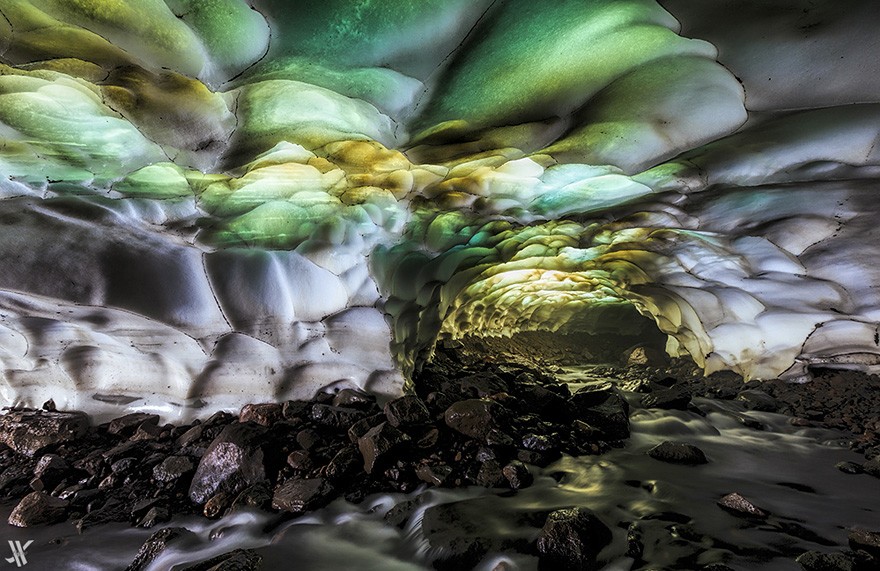 |
| Image credits: Florian Wizorek |
In Russia on Kamchatka there is a majestic Mutnovsky volcano, on one of the slopes of which scientists have discovered a unique cave. Its uniqueness lies in the fact that this is an icy cave. For many years it has been existing in close proximity to the incandescent volcano crater. The cave is incredibly beautiful. The sunlight penetrating it paints the walls and the ceiling in all colours of the rainbow.
Mutnovsky Cave owes its formation to volcanic activity. Under its influence, there is a continuous melting of the glacier, the waters of which wash incredibly beautiful tunnels in the permafrost. The last eruption of the volcano occurred in 2000. In the case of a repeated eruption, the cave can be completely destroyed, but in its place will be inevitably formed equally beautiful new ones.
Tourists who want to walk along the slopes of a powerful volcano will have an opportunity to see many more incredible natural attractions. They can walk along the banks of the Vulkannaya River, see the most beautiful waterfalls and admire natural viewing platforms surrounding the natural splendour. Everyone can also rise to the crater of the volcano. Climbing in this area is quite simple and does not require special training. As a rule, an excursion to the most beautiful places of the district lasts several hours.
8. Waitomo Caves, New Zealand
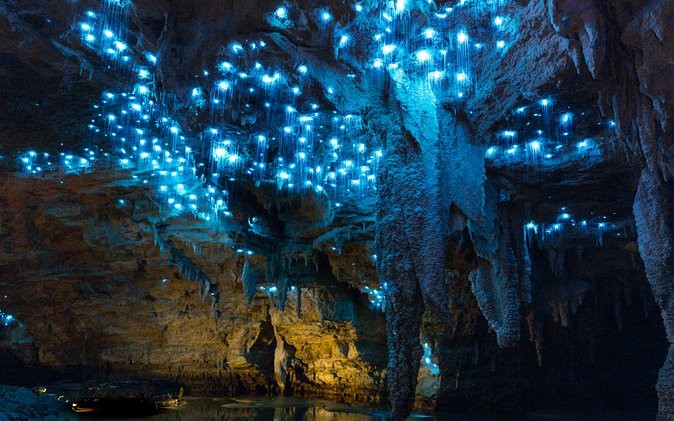 |
| Photo: Viator |
The Waitomo Glowworm Caves attraction is a cave at Waitomo on the North Island of New Zealand. It is known for its population of Arachnocampa luminosa, a glowworm species found exclusively in New Zealand. This cave is part of the waitomo streamway system that includes the Ruakuri Cave, Lucky Strike, and Tumutumu Cave.
The attraction has a modern visitor centre at the entrance, largely designed in wood. There are organized tours that include a boat ride under the glowworms.
The name "Waitomo" comes from the Māori words wai, water and tomo, hole or shaft. The local Māori people had known about the caves for about a century before a local Māori, originally from Kawhia, Tane Tinorau, and English surveyors, Laurence Cussen and Fred Mace, were shown the entrance in 1884 and Tane and Fred did extensive explorations in 1887 and 1888. Their exploration was conducted with candlelight on a raft going into the cave where the stream goes underground (now the cave's tourist exit.) As they began their journey, they came across the Glowworm Grotto and were amazed by the twinkling glow coming from the ceiling. As they travelled further into the cave by poling themselves towards an embankment, they were also astounded by the limestone formations. These formations surrounded them in all shapes and sizes.
The most common animals in the caves are insects. This includes albino cave ants and giant crickets but the most renowned is the glowworm Arachnocampa luminosa. The adults are around the size of an average mosquito. However, there are several small underground lakes that were created by freshwater creeks or brooks which are home to New Zealand longfin eels.
The walls of the caves are covered with a variety of fungi including the cave flower (a distant relation to the genus Pleurotus) that is actually a mushroom-like fungus.
9. Škocjan Caves, Slovenia
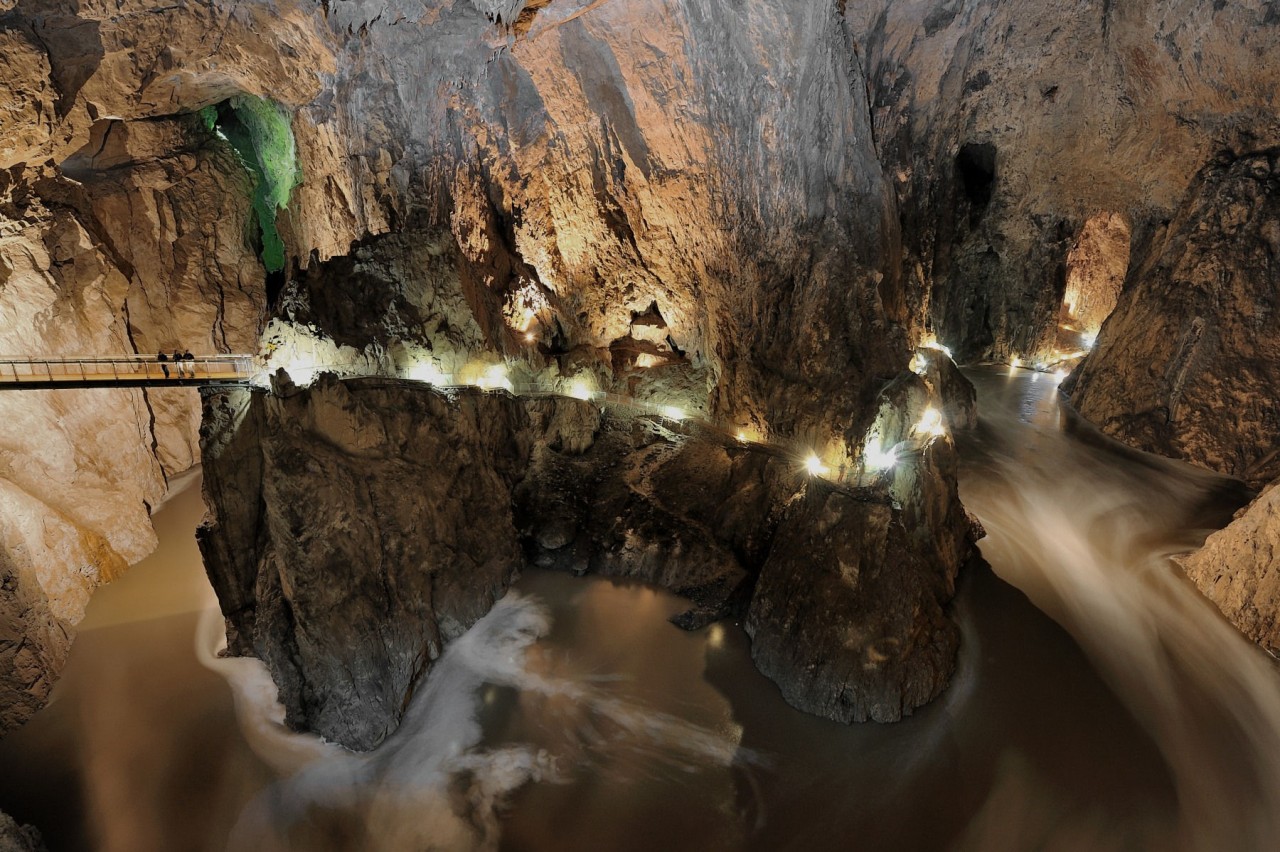 |
| Photo: travelslovenia |
Touring the huge, spectacular subterranean chambers of the 6km-long Škocjan Caves is a must. This remarkable cave system was carved out by the Reka River, which enters a gorge below the village of Škocjan and eventually flows into the Dead Lake, a sump at the end of the cave where it disappears. It surfaces again as the Timavo River at Duino in Italy, 34km northwest, before emptying into the Gulf of Trieste. Dress warmly and wear good walking shoes.
There are two options for touring the caves. The first is a two-hour guided tour through the caves (the most popular option for visitors, called Through the Underground Canyon). Visitors walk in groups from the ticket office for about 600m down a gravel path to the main entrance in the Globočak Valley. Through a 116m-long tunnel built in 1933, you soon reach the head of the so-called Silent Cave, a dry branch of the underground canyon that stretches for 500m. The first section, called Paradise, is filled with beautiful stalactites, stalagmites and flowstones that look like snowdrifts; the second part (called Calvary) was once the riverbed. The Silent Cave ends at the Great Hall, 120m wide and 30m high. It is a jungle of exotic dripstones and deposits; keep an eye out for the mighty stalagmites called the Giants and the Pipe Organ.
10. Drach Caves, Spain
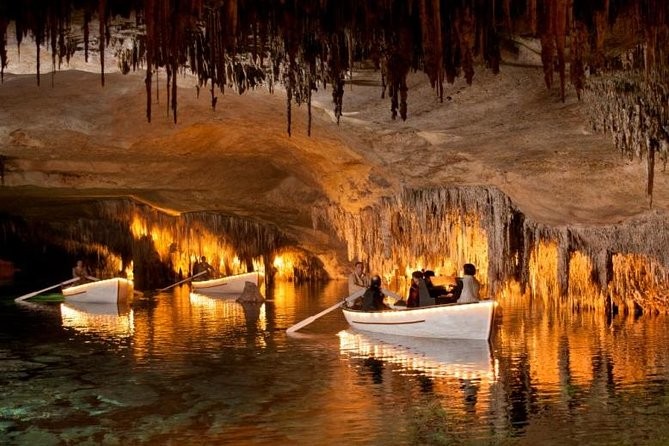 |
| Photo: Viator |
The Caves of Drach are four great caves that are located in the island of Majorca, Balearic Islands, Spain, extending to a depth of 25 m and reaching approximately 4 km in length. They are in the municipality of Manacor, near the locality of Porto Cristo. They were first mentioned in a letter dated 1338. The four caves, called Black Cave, White Cave, Cave of Luis Salvador, and Cave of the French, are connected to each other.
The caves have formed by water being forced through the entrance from the Mediterranean Sea, and some researchers think the formation may date back to the Miocene Epoch. There is an underground lake situated in the caves called Martel Lake, which is about 115 m in length and 30 m in width, and its depth varies between four and twelve meters. It is named after the French explorer and scientist Édouard-Alfred Martel, considered the founding father of speleology, who was invited to explore the cave 1896. While German cave explorer, M.F. Will, had mapped the White and Black cave in 1880, Martel found two more caves, as well as the underground lake.
The caves are open to the public and one of the main attractions on Mallorca. The visit ends with a classical concert performed by four musicians on a boat.
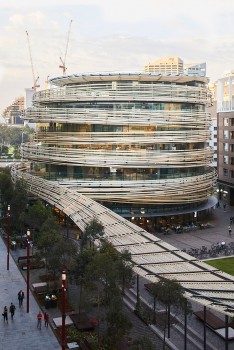 | Sydney: The Stunning “Exchange” Building Wrapped By Irregular Wooden Threads The Exchange building, one of the famous Japanese architecture Kengo Kuma and is wrapped by irregularly-arranged wooden threads to create softness on the building, has ... |
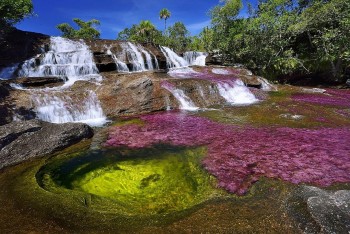 | Unusual And Amazing Experiences You Can Have in Colombia Stepping into Colombia, tourists will be able to have some of the best, unusual and amazing experiences in this beautiful, historical city. |
 | Climb El Caminito del Rey – The World’s Scariest Hike Challenging The Bravest Hearts For people who are thrill seekers and love challenging themselves, this narrow, small walkway which was pinned along the steep walls of a narrow gorge ... |
Recommended
 Travel
Travel
Vietnam Through Australian Eyes: Land of Flavor, Warmth, and Timeless Charm
 Travel
Travel
Strategies for Sustainable Growth of Vietnam’s Tourism from International Markets
 Travel
Travel
Vietnam Strengthens Its Presence On The Global Tourism Map
 Multimedia
Multimedia
Phong Nha-Ke Bang National Park Named Top Adventure Travel Site
Popular article
 Travel
Travel
Vietnam Welcomes Record-High Number of International Visitors
 Travel
Travel
Luxury Train From Hanoi To Hai Phong To Be Launched In May
 Travel
Travel
Phong Nha Named Top Budget-Friendly Travel Destination for Spring 2025: Agoda
 Travel
Travel






